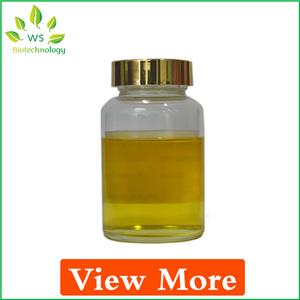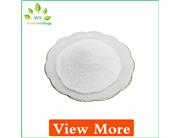Primary Applications of Nonanoic Acid
Its applications are driven by its herbicidal, antimicrobial, and chemical intermediate properties.
1. Agriculture: As a Herbicide (The Largest Application)
This is the most significant and well-known use of nonanoic acid. It is the active ingredient in many "natural" or "organic" post-emergent herbicides.
How it works: It is a contact herbicide, meaning it only kills the plant parts it touches. It works by rapidly destroying the cell membranes of the plant, causing the plant cells to leak and collapse. This leads to a fast, visible "burn-down" effect, often within hours.
Key Features:
Broad-Spectrum: Effective against a wide range of broadleaf weeds and grasses.
Short Persistence: It breaks down quickly in the environment, leaving no long-term soil residue.
Used in Organic Farming: It is approved for use in organic agriculture in many countries because it is a naturally occurring substance.
Ideal for Spot Treatment: Commonly used in gardens, lawns, and for weed control in pavement cracks.
2. Agriculture: As a Pest Management Tool
Beyond herbicides, it has other agricultural uses:
Fruit Thinner: It is used in orchards to thin blossoms or young fruit on apple and other trees, which helps the remaining fruit grow larger and healthier.
Sucker Control: Used in tobacco farming to control the growth of "suckers" (unwanted side shoots), which directs the plant's energy to the main leaves.
3. Ester Production for Flavors and Fragrances
Nonanoic acid is a key raw material for producing esters, which are compounds widely used in the flavor and fragrance industry.
Nonyl Acetate: Produced by reacting nonanoic acid with acetic acid. This ester has a fruity, waxy, and floral odor and is used to create rose-like scents in perfumes, soaps, and cosmetics.
Other Esters: Various other esters of nonanoic acid are used to impart fruity flavors (like apple, banana, and citrus) to foods, beverages, and candies.
4. Metal Processing and Plastics Manufacturing
This is a major industrial application.
Salt Formation: Nonanoic acid is used to produce salts like Cobalt Nonanoate and Lead Nonanoate.
Use as Driers (Siccatives): These metal salts are used as "driers" in paints, inks, and varnishes. They catalyze the oxidation and polymerization process, causing the oil-based liquid to harden into a solid film quickly.
PVC Stabilizers: Lead and Cadmium soaps of nonanoic acid (though being phased out) have been used as heat stabilizers in the production of Polyvinyl Chloride (PVC) plastics to prevent degradation during processing.
5. Antimicrobial and Biocide
Its ability to disrupt cell membranes makes it effective against microorganisms.
Food Safety: It can be used as a sanitizer on food contact surfaces.
Water Treatment: Sometimes used in cooling towers and industrial water systems to control algae and microbial growth.
Personal Care: Used in some anti-dandruff shampoos and antiseptics due to its activity against bacteria and fungi.


 China
China

